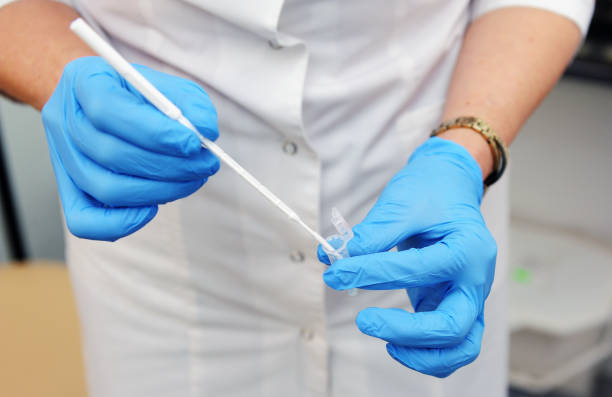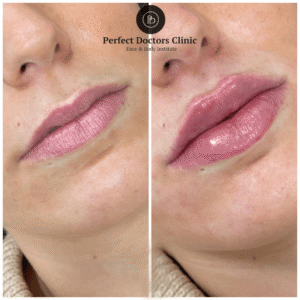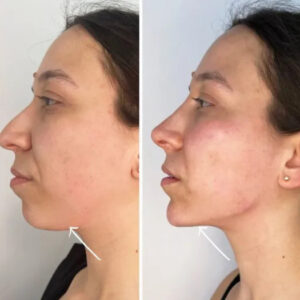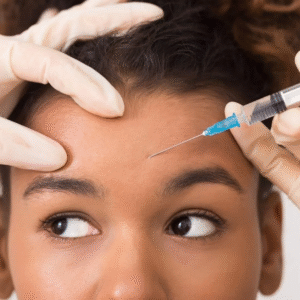Infections affecting the vaginal microbiome can cause discomfort, unusual discharge, and irritation. One of the most common yet often misunderstood conditions is bacterial vaginosis (BV), frequently linked to the presence of Gardnerella vaginalis. Early detection is crucial for effective management, and this is where the Gardnerella Vaginalis test in Dubai comes into play. Understanding what the Gardnerella Vaginalis Test in Dubai really detects can empower women to seek timely treatment and prevent complications.
Understanding Gardnerella Vaginalis and Its Role in Vaginal Infections
Gardnerella vaginalis is a type of bacteria naturally present in the vagina. In healthy conditions, it coexists with other bacteria without causing issues. However, when the balance of vaginal flora is disrupted—due to antibiotics, hormonal changes, or poor hygiene—Gardnerella vaginalis can overgrow, leading to bacterial vaginosis.
Symptoms of BV can include:
Thin, grayish-white vaginal discharge
Strong fishy odor, especially after intercourse
Itching or irritation around the vaginal area
Mild burning during urination
While these symptoms can indicate BV, they are not definitive. This is why the Gardnerella Vaginalis Test in Dubai is essential for accurate diagnosis.
What the Gardnerella Vaginalis Test in Dubai Really Detects
The main question most patients ask is: “What exactly does this test reveal?”
The Gardnerella Vaginalis Test in Dubai detects:
Presence of Gardnerella vaginalis bacteria: Identifies if the bacterial count is higher than normal.
Changes in vaginal microbiome: Determines if there is an imbalance contributing to BV.
Potential for infection: Helps doctors decide if treatment is needed to prevent further complications such as pelvic inflammatory disease or pregnancy-related issues.
Modern testing in Dubai uses highly accurate methods such as:
PCR (Polymerase Chain Reaction): Detects even minimal bacterial DNA.
Culture Tests: Grows the bacteria in a lab to confirm overgrowth.
Microscopy: Examines vaginal discharge for clue cells indicative of BV.
These tests ensure that women receive a precise diagnosis rather than a guess, which improves treatment outcomes.
How the Gardnerella Vaginalis Test is Performed
Understanding the testing process helps reduce anxiety. Here’s what patients can expect:
Consultation: A gynecologist will discuss symptoms and medical history.
Sample Collection: A swab of vaginal discharge is taken during a pelvic exam.
Laboratory Analysis: The swab is tested using PCR, culture, or microscopy.
Results: Most tests provide results within 24–48 hours. Your doctor will explain whether the bacterial levels indicate BV.
This process is quick, minimally invasive, and highly reliable, making it a preferred choice in Dubai clinics.
Benefits of Early Testing
Getting tested early has numerous advantages:
Prevents complications: Early detection reduces the risk of severe infections, infertility, or pregnancy complications.
Accurate treatment: Ensures the right medication is prescribed, avoiding unnecessary antibiotics.
Peace of mind: Knowing exactly what the Gardnerella Vaginalis Test in Dubai really detects can alleviate anxiety and confusion.
Treatment Options in Dubai
Once diagnosed, effective treatment is essential. Dubai clinics offer two main approaches:
1. Medication-Based Treatment
Antibiotics: Metronidazole or clindamycin are commonly prescribed to eliminate Gardnerella vaginalis overgrowth.
Probiotics: Oral or vaginal probiotics may be recommended to restore a healthy bacterial balance.
Symptom Relief: Antifungal creams or soothing gels help manage itching or irritation if present.
Medication treatment is typically completed within 7–10 days, and symptoms often improve within a few days.
2. Lifestyle and Home Care Approach
Maintaining Vaginal Hygiene: Use mild, pH-balanced cleansers instead of harsh soaps.
Avoiding Triggers: Limit douching, scented hygiene products, and tight synthetic clothing.
Dietary Adjustments: Foods rich in probiotics (like yogurt) may help maintain healthy flora.
Regular Testing: Follow-up Gardnerella Vaginalis Tests can ensure bacteria levels are back to normal.
Combining both medication and lifestyle approaches is often the most effective strategy for long-term vaginal health.
Post-Treatment Care and Follow-Up
After treatment, maintaining vaginal health is key to preventing recurrence:
Avoiding irritants: Scented tampons or pads can disrupt vaginal balance.
Safe sexual practices: Using protection and limiting multiple partners can reduce infection risk.
Routine Check-Ups: Follow-up appointments in Dubai clinics help ensure full recovery.
Monitoring Symptoms: Any recurring odor, discharge, or irritation should prompt retesting.
With proper care, most women experience long-term relief from BV and maintain healthy vaginal microbiomes.

Choosing a Clinic in Dubai
Dubai offers numerous specialized gynecology and diagnostic clinics equipped with advanced testing technology. When choosing a clinic for the Gardnerella Vaginalis Test, consider:
Certification and experience of medical staff
Availability of modern PCR or culture testing
Discreet and patient-friendly service
Comprehensive post-diagnosis care plans
Conclusion
Understanding what the Gardnerella Vaginalis test in Dubai really detects is the first step toward effective infection management. Early diagnosis allows for targeted treatment, minimizes complications, and promotes long-term vaginal health. Whether through medication or lifestyle adjustments, the combination of precise testing and proper care ensures women can regain comfort and confidence.
For residents of Dubai experiencing unusual vaginal symptoms, scheduling a Gardnerella Vaginalis Test can be a life-changing step toward health and well-being.
FAQs: Gardnerella Vaginalis Test in Dubai
1. What is the Gardnerella Vaginalis Test in Dubai?
The Gardnerella Vaginalis Test in Dubai is a diagnostic procedure that detects the presence of Gardnerella vaginalis bacteria in the vagina. It helps identify bacterial vaginosis and other vaginal infections.
2. What does the Gardnerella Vaginalis Test really detect?
This test reveals whether there is an overgrowth of Gardnerella vaginalis, changes in the vaginal microbiome, and the potential for infection that may require treatment.
3. How is the Gardnerella Vaginalis Test performed?
A gynecologist collects a vaginal swab during a pelvic exam. The sample is analyzed using PCR, culture, or microscopy to detect bacterial imbalance or overgrowth.








